Padel has become one of the fastest-growing racket sports in the world. It’s fun, social, and easier to pick up than tennis. But like any sport, the gear you start with can make a big difference especially your racket.
If you’re new to the game and wondering where to start, choosing the right padel racket for beginners is one of the smartest early decisions you can make. In this guide, we’ll walk through what makes a beginner-friendly racket, what to avoid, and some top picks that won’t break the bank.
Why Your First Padel Racket Matters
You don’t need the most expensive or advanced model. In fact, going too “pro” too soon can actually make the game harder. Beginners do best with rackets that feel balanced, forgiving, and light. You’ll enjoy the game more, make fewer mistakes, and avoid injuries.
What to Look for in a Beginner Padel Racket
Here are a few key things to check before buying:
Racket Shape:
- Round rackets are ideal for new players. They give you more control and have a bigger “sweet spot” (the area where you get the best hit).
- Teardrop shapes offer a mix of control and power, which some beginners may prefer after a few weeks of play.
- Avoid diamond-shaped rackets at first. They’re powerful but hard to control.
Weight:
A good beginner racket usually weighs around 350–370 grams. Anything too heavy will tire your arm quickly. Too light, and you lose stability.
Balance:
Look for a head-light or even-balanced racket. It helps you move the racket quickly without putting too much pressure on your wrist or elbow.
Grip and Comfort:
A soft grip and a shock-absorbing core make a big difference when you’re learning. These reduce the impact on your joints and make the game more enjoyable.
Top Padel Rackets for Beginners (Tried & Trusted)
If you want solid options, here are a few rackets beginners often recommend:
Head Evo Sanyo:
Lightweight, comfortable, and designed with new players in mind. It has a round shape and soft core, making it very forgiving.
Adidas Match Light 3.2:
This racket balances comfort and value. It’s slightly lighter than most, which helps beginners swing more freely. Great for control.
BullPadel K2 Power:
Even though the word “power” is in the name, it’s well-suited to developing players. Slightly teardrop-shaped, but still easy to handle with good control.
Common Mistakes Beginners Make
Even with the right racket, it’s easy to fall into a few traps. Watch out for these:
- Going Too Heavy: It might seem “stronger,” but your arm will pay the price.
- Skipping the Grip: A fresh grip can prevent blisters and slipping.
- Holding Too Tight: Relax your hand. A tense grip leads to poor shots.
- Ignoring Footwork: Padel is more about movement than strength.
Tips to Get the Most Out of Your First Racket
Take it Slow: Focus on control, not speed or power.
Warm Up Properly: Avoid muscle strains, especially in the wrist.
Practice With Others At Your Level: It’s more fun and more helpful.
Protect Your Racket: Store it in a cover extreme heat or cold can damage it.
Quick Recap: What Matters Most
- Stick to round-shaped, light to medium weight rackets.
- Soft cores are your friend they feel better and reduce joint stress.
- Pick a racket that supports learning, not just power.
Final Thoughts
Your first racket can either help you fall in love with padel or frustrate you. The good news? You don’t need to spend a fortune. Plenty of beginner-friendly options out there offer comfort, control, and a great way to ease into the sport. So take your time. Try a few if you can. And when in doubt, start simple then level up as your game improves.
Need help choosing between models? Drop your questions in the comments or check out our updated comparison chart coming soon.


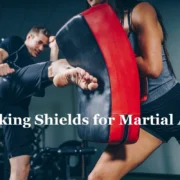





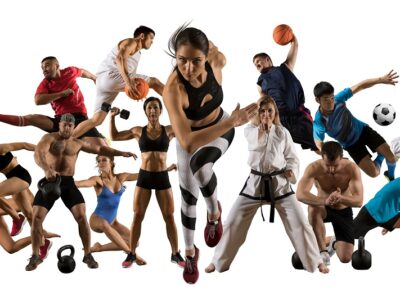

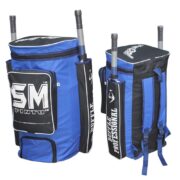
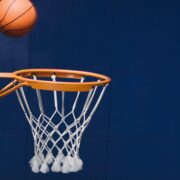
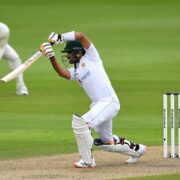
Comments